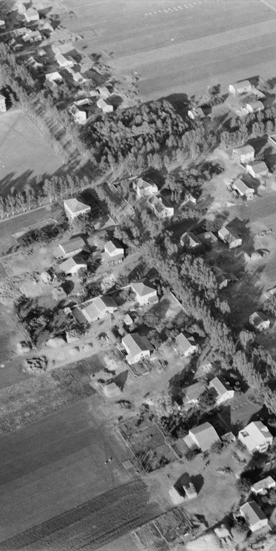Settlements of the Temple Society in Palestine/Israel

In 1868, religious motivation lead members of the pietist Württemberg Temple Society to travel to Palestine. These so-called ‘Templers’ went on to build several settlements there that remain to this day and are known as ‘German colonies’. The architecture of the first settlement phase of these Templer villages was entirely new to the region – a blend of traditional German and local forms and designs. The subsequent development and transformation of this building style reflected the social and economic changes within the Temple Society. Moreover, an important impetus for the modernisation of Palestine came from the technological innovations of the ‘German Colonies’.
During the Second World War, nearly all Germans living in Palestine were expelled and the property of the Templers was expropriated. The settlements thus experienced a change of users and have since undergone various structural changes.
The aim of the project is for the first time, to conduct a systematic research of the architectural history and use of the German Colonies in their entirety and in the context of the times and document this using historical photos and original building plans. The development of the settlements after 1948 will also be examined from the perspective of architectural conservation. From the state of the existing buildings to the value categories of the generally recognised rules of conservation, the cultural and historical significance of the Templer settlements will be comprehensively analysed.
The disseration was successfully defended in January 2023.
Researcher: Zofia Durda
